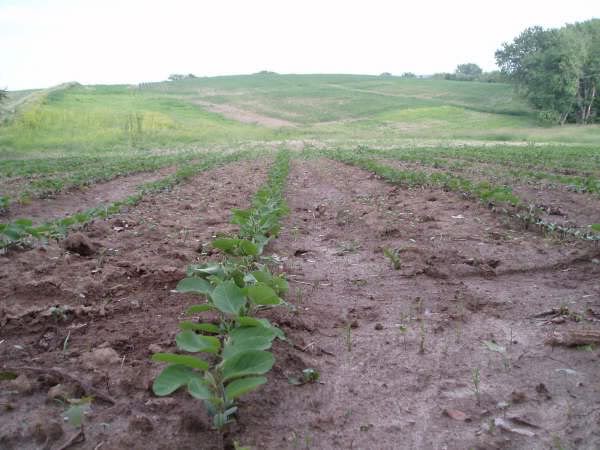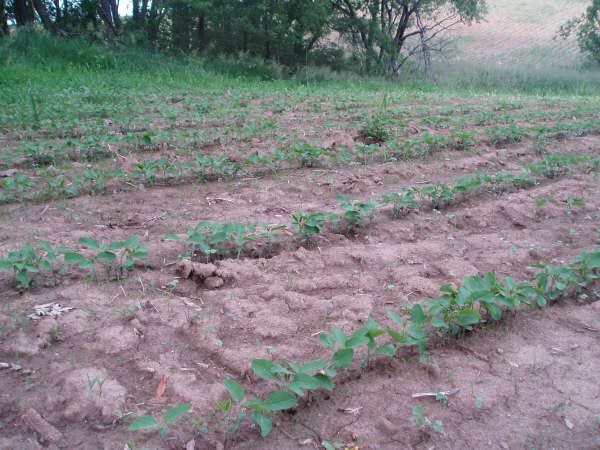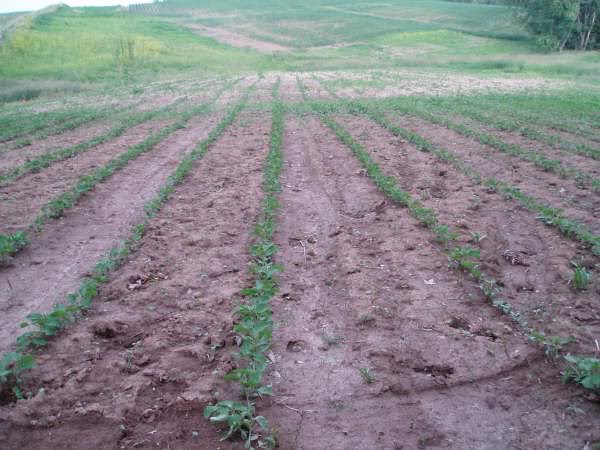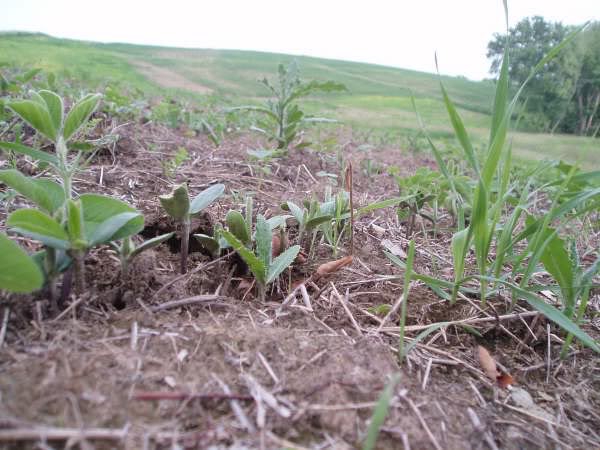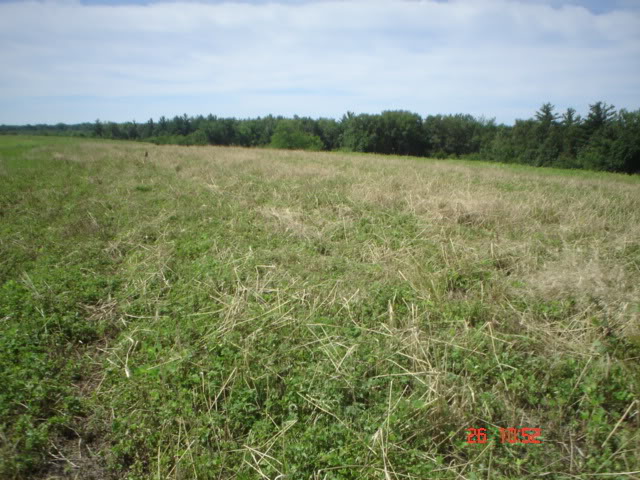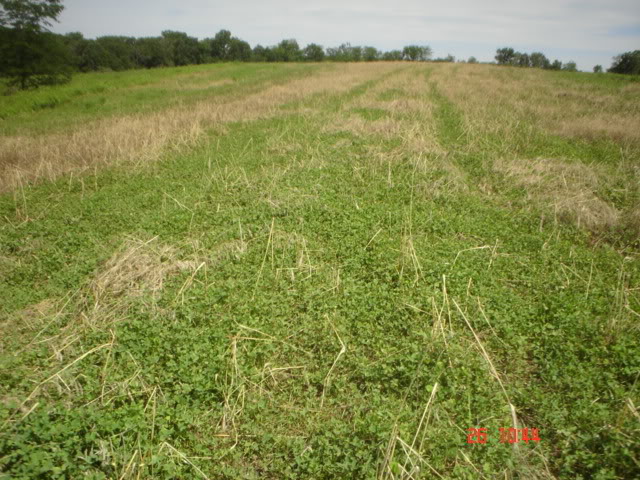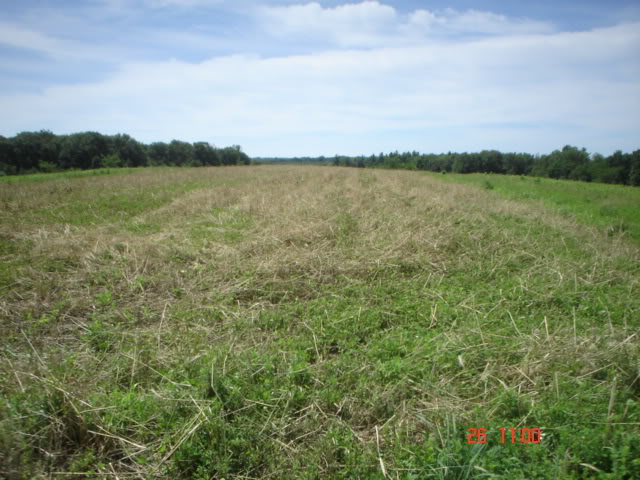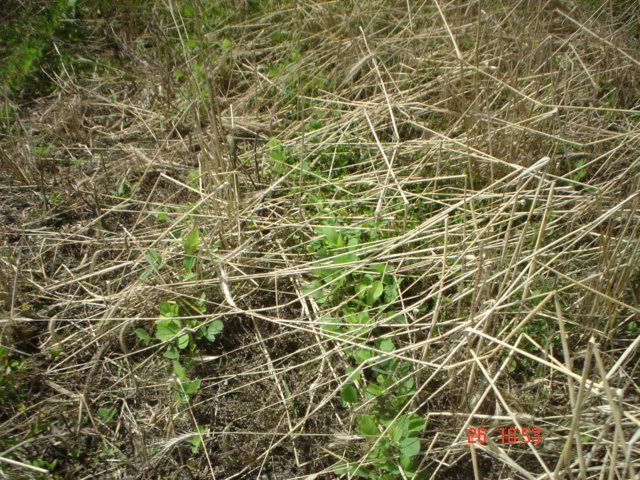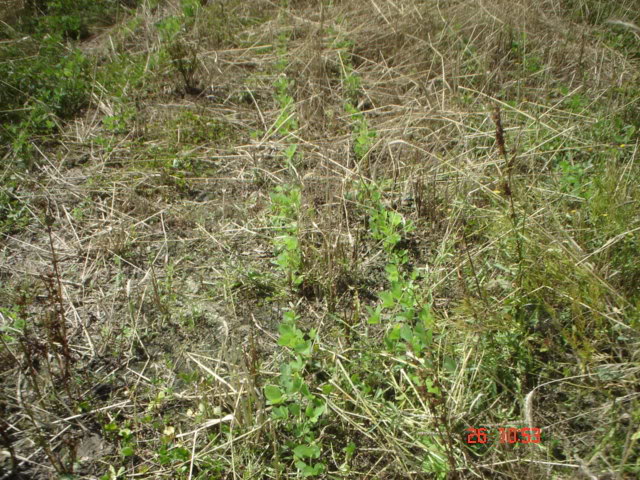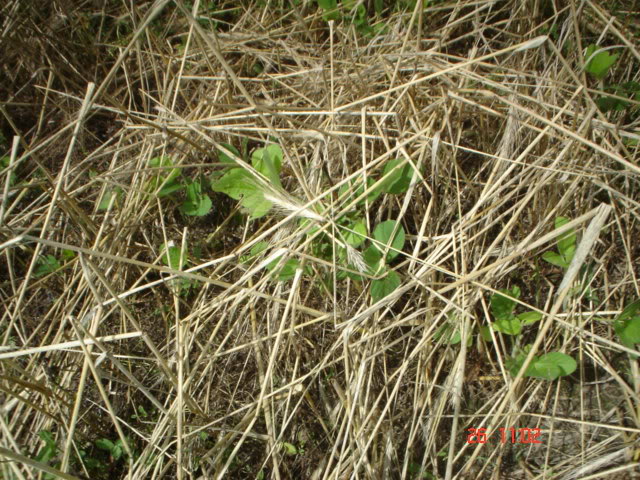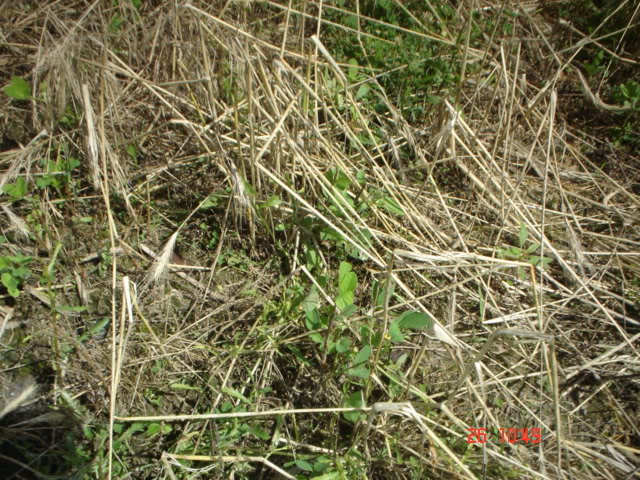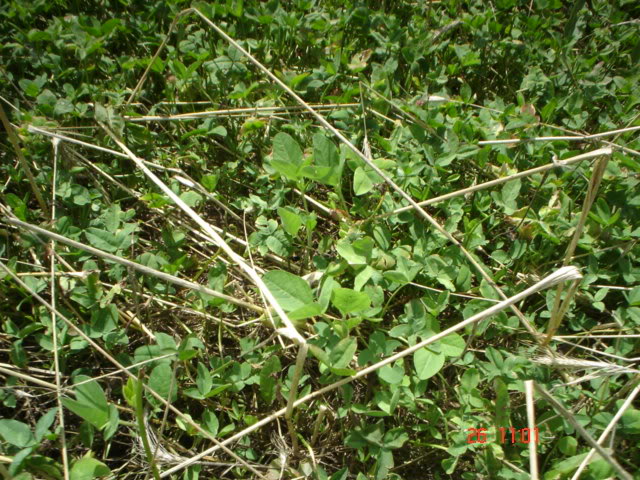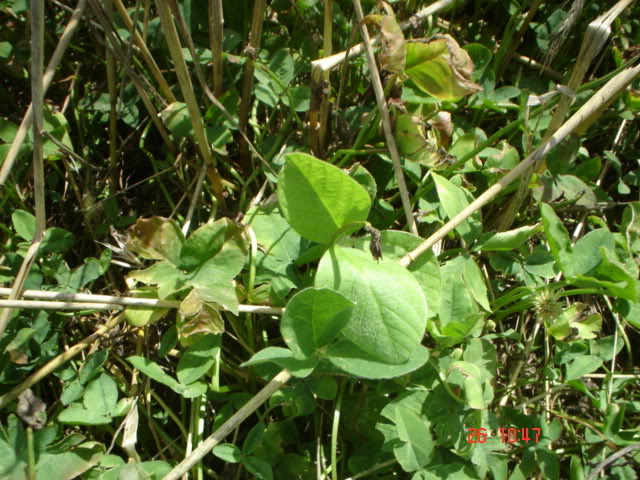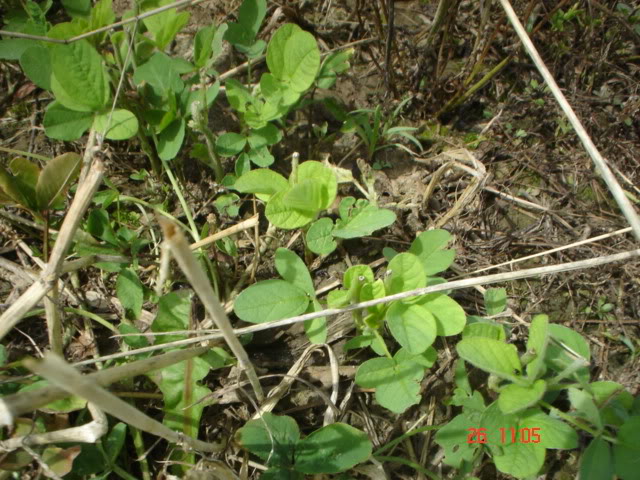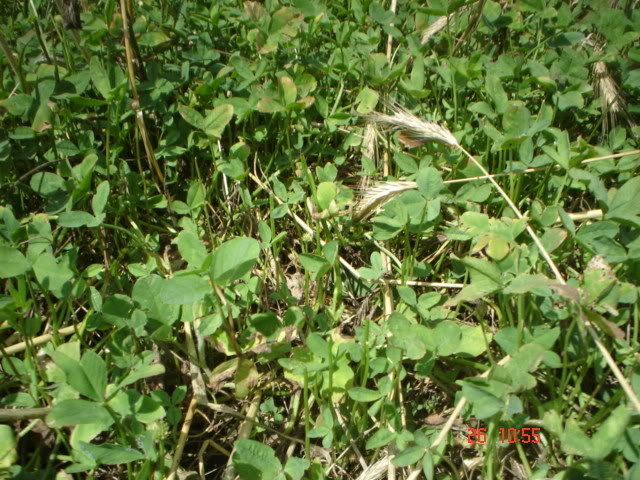dbltree
Super Moderator
May 29th 2009...
Where the soys are exposed, they decimate them...
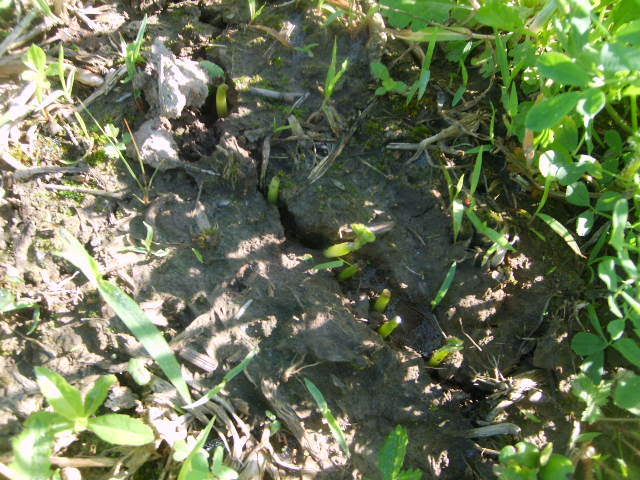
but...where they are hidden by the red clover they are still safe...
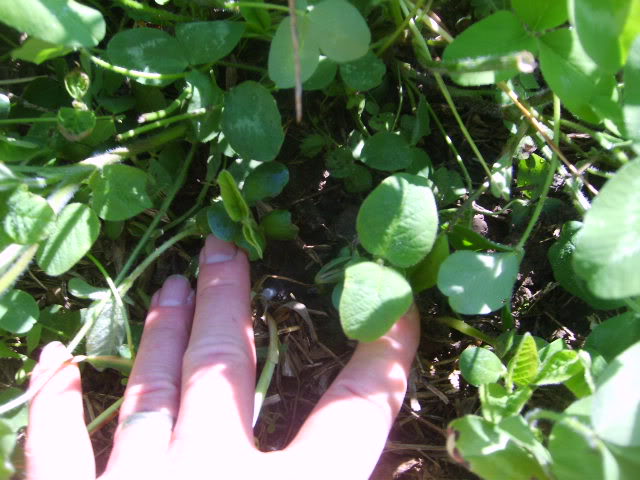
Where it is rye only, they are also doing fine!
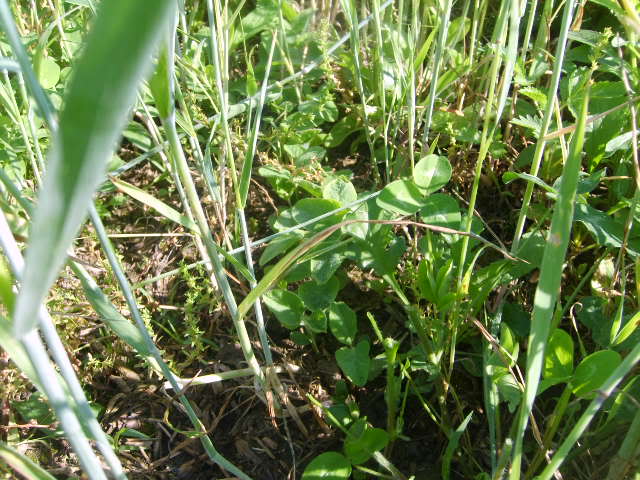
The red clover is very thick and it's tough to find the little soybeans plants...
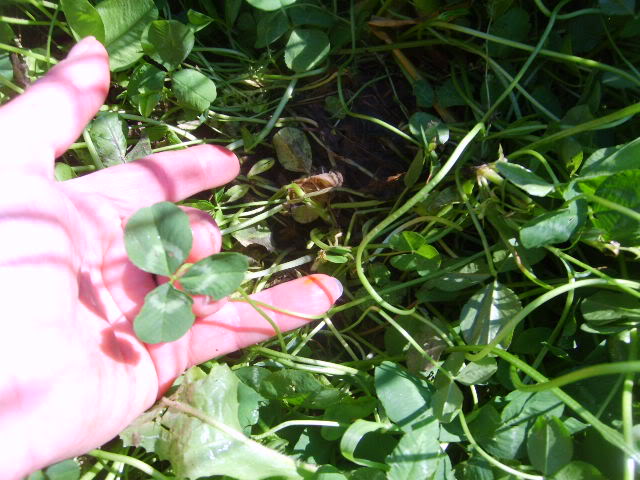
From above you wouldn't know it was even"planted"
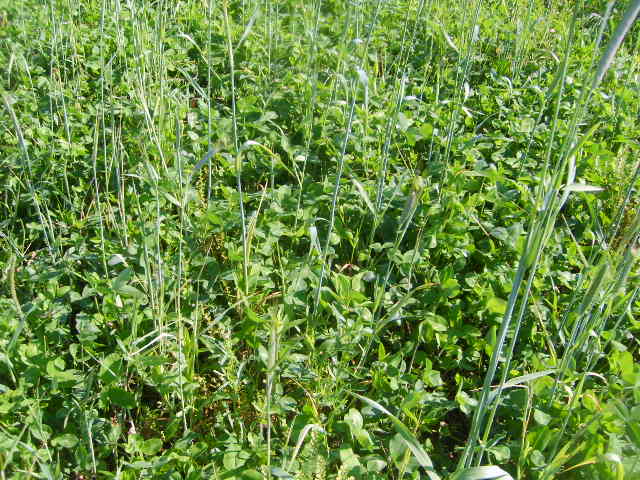
The no-tilled rows are faint
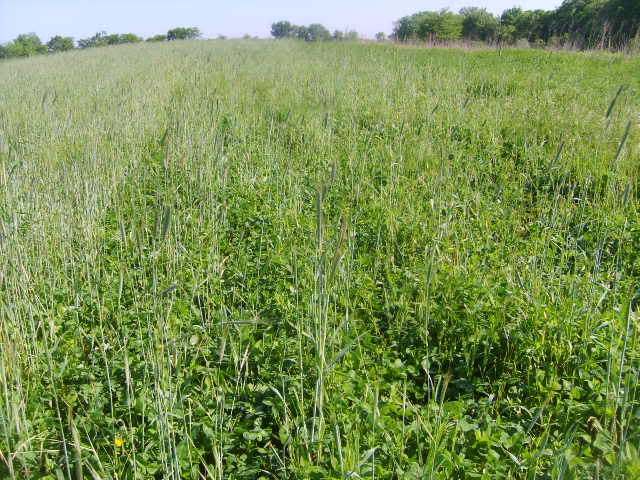
but closer inspection reveals the baby soys
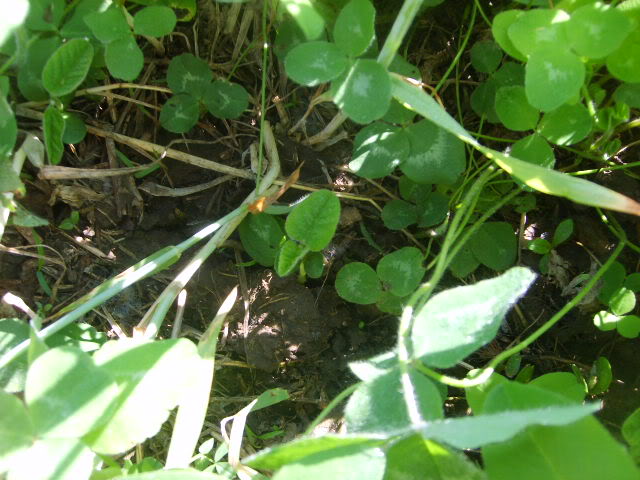
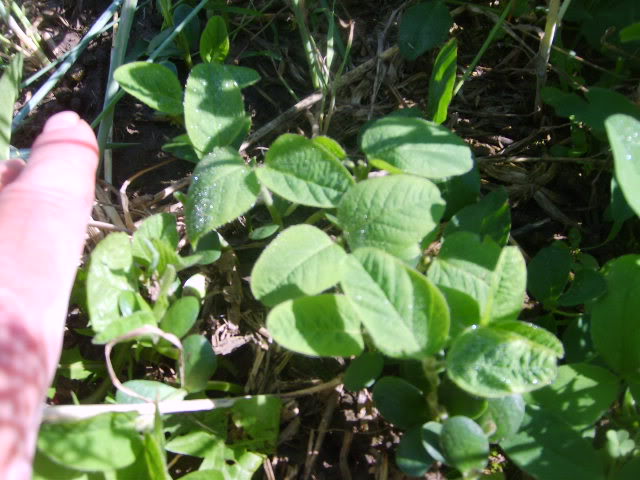
I'm going to watch progress and not spray until I have too and because it's not tilled, it's really not a problem
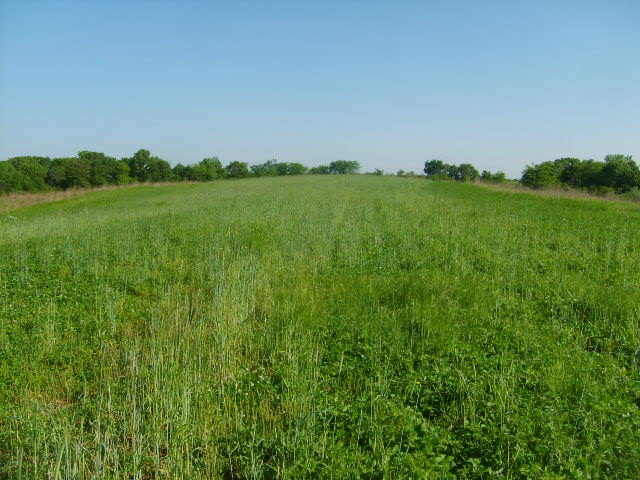
The rye isn't real thick as you can see here with my son standing in it so it's only the red clover competition I need to watch
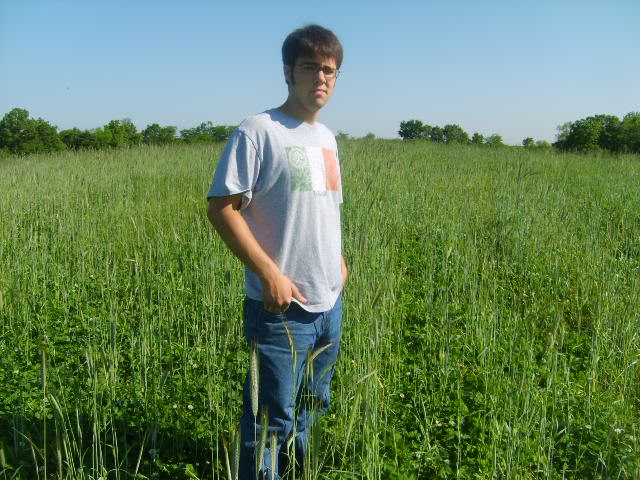
Where the soys are exposed, they decimate them...

but...where they are hidden by the red clover they are still safe...

Where it is rye only, they are also doing fine!

The red clover is very thick and it's tough to find the little soybeans plants...

From above you wouldn't know it was even"planted"

The no-tilled rows are faint

but closer inspection reveals the baby soys


I'm going to watch progress and not spray until I have too and because it's not tilled, it's really not a problem

The rye isn't real thick as you can see here with my son standing in it so it's only the red clover competition I need to watch



